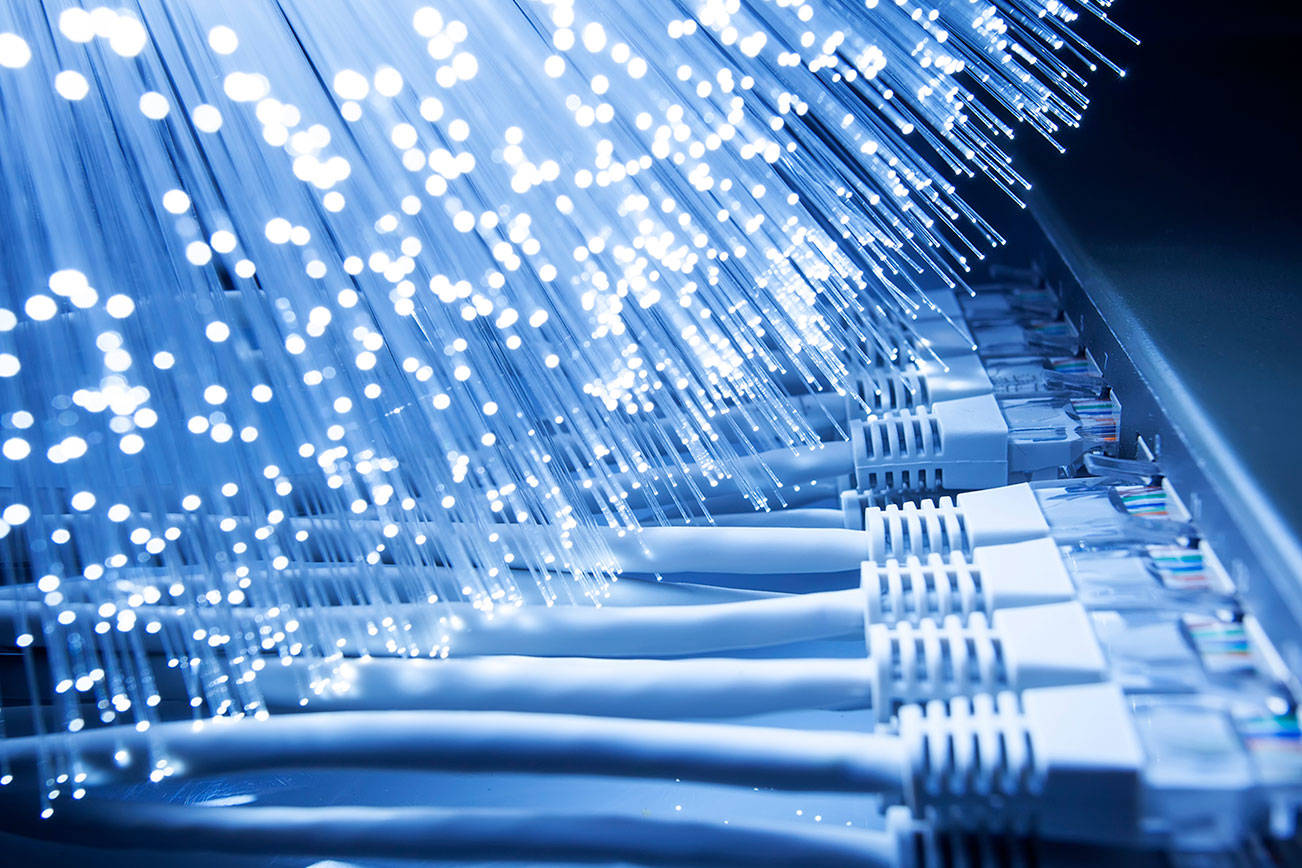Not only did the idea of providing equal broadband access to more Auburn residents created quite the buzz in these parts, but last fall the City took that idea and ran with it.
That is, it launched a pilot “digital parity” program apart from well-established service providers like Comcast and ATT, from downtown Auburn to Game Farm Park, parts of Lea Hill and school areas on Muckleshoot Hill, at a cost of about $15,000.
Those parts of Auburn now being wired, and the pilot program being complete, as IT Director Paul Haugan informed City Council Monday at City Hall, the time has come for city leaders to make the next critical decision.
Which is, how much more of the city does the council want to cover in as the program expands over the next five years?
In 2016, considering “digital parity” to be a fundamental right, city leaders agreed to focus first on targeting low-income students with broadband access.
“We spent a year and a half without filling in what is to be our proposed coverage,” Haugan said. “We put 80 percent in as a (coverage) placeholder only, but there’s a number of things that go into this.”
Among those things, should the goal be 80 percent coverage, 50 percent coverage, 100 percent coverage, or something in between?
Should the program only cover residents, should it cover all students, or should it focus even more on low-income students, the latter based on data provided by the Auburn School District?
As of today, Haugan said, the broadband access covers 5 percent of Auburn’s total land mass. More specifically, it covers 6 percent of the total number of students within the ASD, 8 percent of residents and those low-income students participating in the reduced-school-lunch program.
As part of the five year plan, Haugan presented the council two options.
Option 1: would provide access to low-income students in targeted areas, as determined by the ASD and the city’s available infrastructure, to allow those kids to use the take-home laptops the district expects to provide them in the near future.
Option 2: would provide a higher coverage area for more students and more residents.
“This is not a recommendation,” Haugan cautioned, “this is to show potential future investments to get close to Auburn as a fully-connected city.”
The first, highly targeted option mirrors what City Council initially requested for the Digital Parity Project, based on what it approved for the 2018 budget, which is $250,000 a year. It is up to council to fund above or below it.
Option 2, again not a recommendation, adds up to $1.2 million for 28 percent of the kids and $3 million for 80 percent of the kids, Haugan said.
Key, Haugan said, is to build partnerships for revenue streams and infrastructure expansion.
“We continue to build partnerships with more vendors to help us realize our goal of a fully-connected city,” Haugan said, adding that future partnership opportunities will likewise provide “additional connectivity to our Traffic ITS, assist in extending the Community Connectivity Consortium in South King County, and continue to provide opportunities to bring other cities into the community network.”



